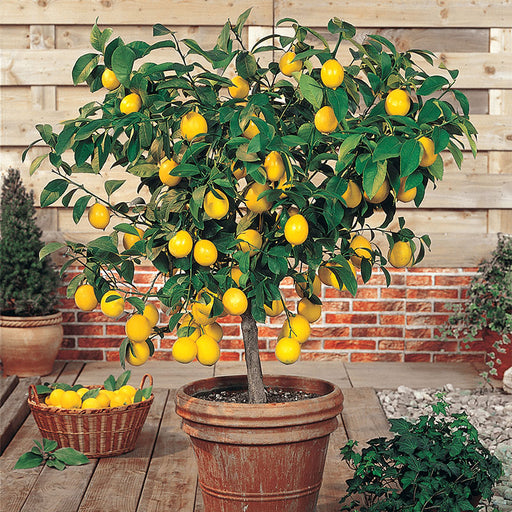
Meyer Lemon Tree
The Meyer Lemon is the best indoor citrus performer and its popularity is evidence of this! This little tree can provide flowers and fruit up to 4 ...
View full detailsFree Shipping on Orders $119+

The Meyer Lemon is the best indoor citrus performer and its popularity is evidence of this! This little tree can provide flowers and fruit up to 4 ...
View full details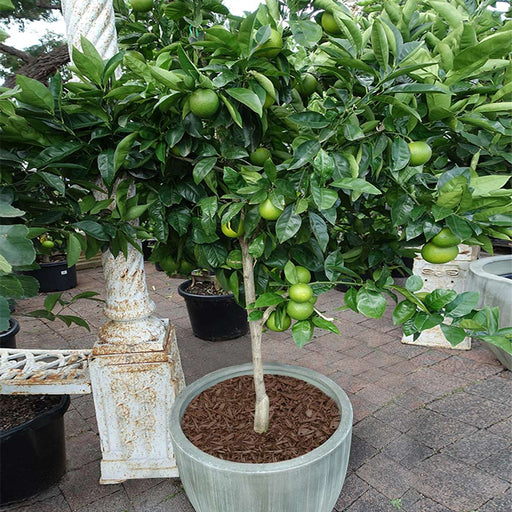
You will love growing your own dwarf Key Lime Tree. Make pies, limeade, and share with friends and family. These limes pack a delicious sweet and t...
View full details
The Rosemary plant is an edible perennial herb that adds pizazz to a wide variety of food from meat and fish to bread and vegetables. Rosemary is a...
View full details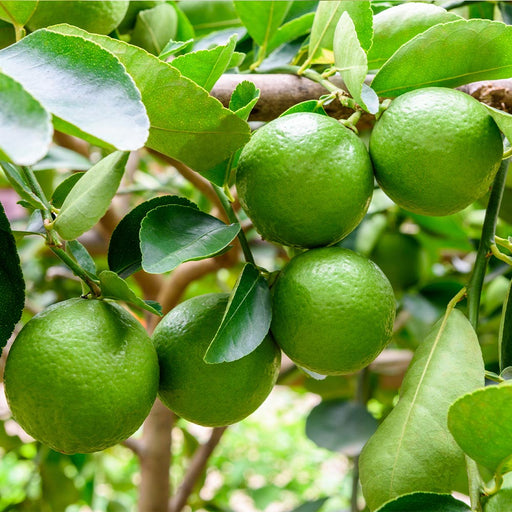
Imagine fresh-squeezed limes on a hot summer’s day. That’s what a Persian Lime Tree can offer - year-round! These aren’t your average limes, either...
View full details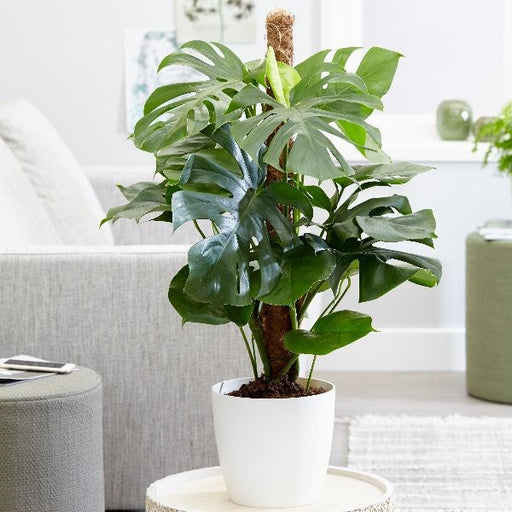
Monstera Philodendron is a beautiful houseplant that stands out because of its distinctive, large split leaves. This amazing plant has many differe...
View full details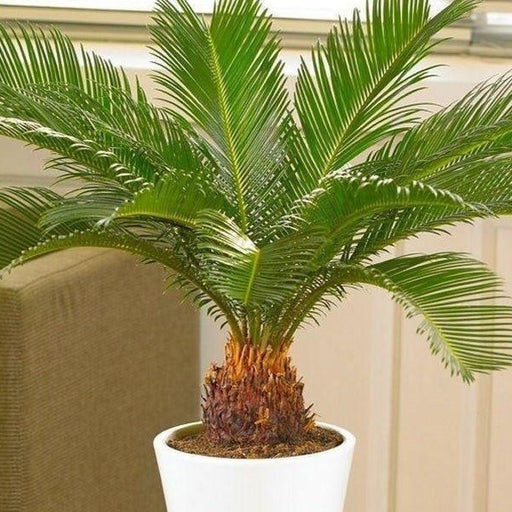
Introduction Add Tropical Flair and Property Value to your Home Unique texture from the palm leaves to the trunk Add a warm, tropical feel to your...
View full details
Introduction On NASA's Top 10 Air Cleaning Plants! Natural Air Purifier - Removes Toxins from your home Symbol of Hope, Peace, Prosperity, Tranqui...
View full details
The Benjamina Ficus tree is one of the most popular decorative indoor plants. It's easy to grow, with deep green, glossy leaves, and we've braided ...
View full details
Introduction Indoor Palm Tree Adds a Touch of the Tropics to Your Home Decor Soften the Room with a Palm Tree Houseplant! Creates a Relaxing Atmos...
View full details
If you’re looking to fill your home or garden with a tropical flair, the Areca Palm Tree is a wonderful addition! This plant is easy to pot and bri...
View full details
If you’re on the search for a low-maintenance tree with a vibrant look, the Money Tree is a wonderful choice! Though this grows a different type of...
View full details
Are you thinking about adding a living fence to your landscape? Looking for something evergreen without the pine tree look? Look no further than th...
View full details
When you think of Christmas, we bet you don’t think of…palm trees? But the Christmas Palm will change your mind. This spectacular palm earned its n...
View full details
Most potted plants should be watered when the soil is drying out. Test your plant’s soil by sticking your finger in 1 to 2 inches deep. If the soil feels cool and moist, do not water. If the soil feels warm and dry, water your plant. Research your particular House & Patio plant’s moisture recommendations for best results. We have care information on each product page that will help you determine the best environment for your plant.
PlantingTree Slow Release Fertilizer can be used 2 to 3 times per year on House and Patio plants. Our slow release plant food feeds plants for up to 6 months. There is no risk of fertilizer burn so this plant food can be used at the time of planting. Use 2 teaspoons of fertilizer per gallon pot size or 1 teaspoon per foot of height. Mix our slow release fertilizer into the top layer of soil or sprinkle over the top and water in well. Repeat in 4 to 6 months. Fertilizer tends to leach out with the water in potted plants so they need fed more often than plants in the ground.

Are your cats chewing on your houseplants? Are your neighbor’s cats pooping in your patio planters? Put things on the soil or around your plant to keep cats out of your House & Patio plants. Sprinkle or spray your plants with cayenne pepper or drop some citrus peels over the soil. Adding rocks over the soil is often a good way to keep cats from turning your plant pot into a litter box. They love the feel of soft dirt or sand under their paws, but rocks, not so much. I have successfully used mesh over the pot around the plant trunk as well. Cats really hate aluminum foil. It can be placed around your plant on the ground or over the soil to keep your cat away from your House & Patio plants. Redirection is another great option. Plant some catnip or cat grass to treat you cats or distract the neighbor’s cat away from your patio plants.
The “flies” that you are seeing in houseplants are likely fungus gnats and they are a pain. White fly and other pests could be an issue in patio plants as well. Fungus gnats love moist potting soil. Allow your plants to dry out before watering them again. Insecticidal soap or neem oil can be sprayed directly on the soil. Bacillus thuringiensis is a microbe or bacterium that kills pests naturally. It can be added to the soil to kill fungus gnats.These safe methods get rid of these pests naturally and don’t harm pets or humans. You can also use yellow sticky tape to help eliminate fungus gnat adults.



